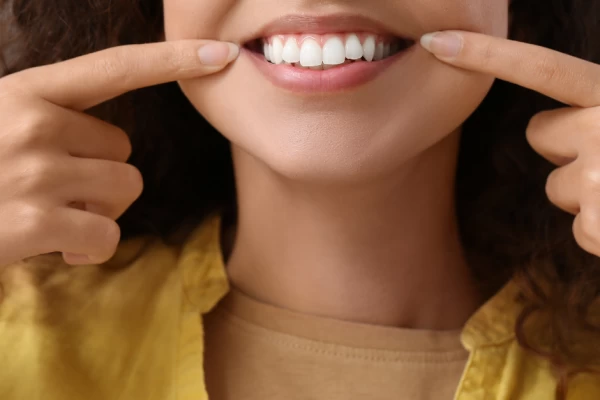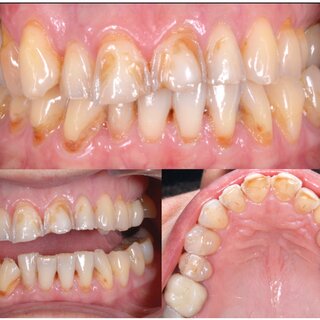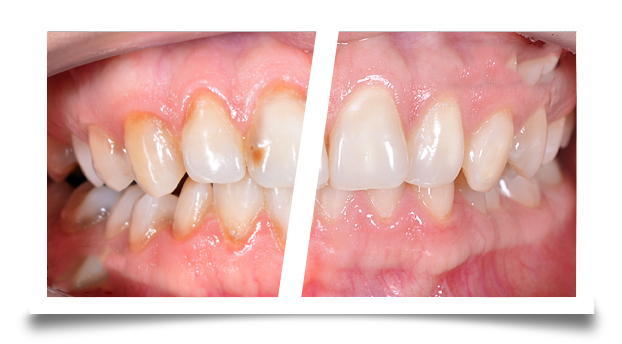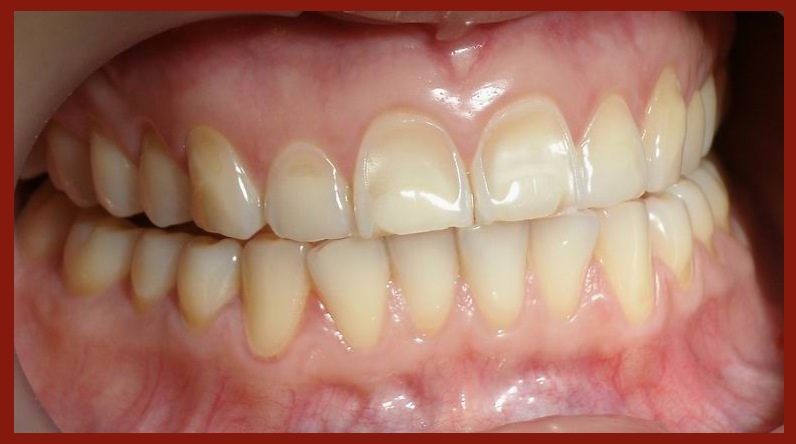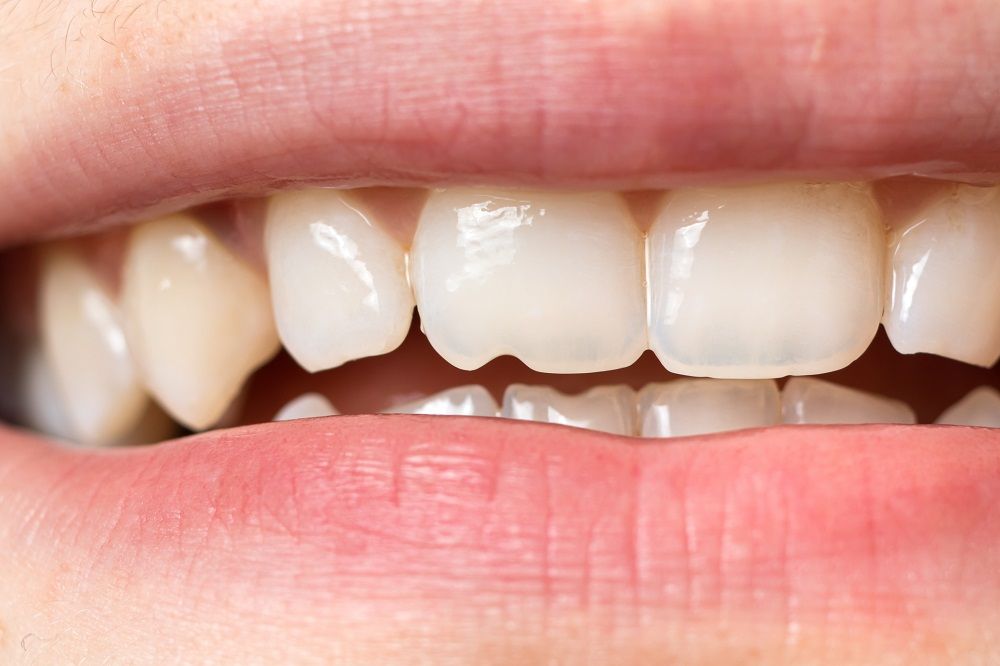The Stages of Enamel Erosion: Understanding the Progression of Tooth Damage
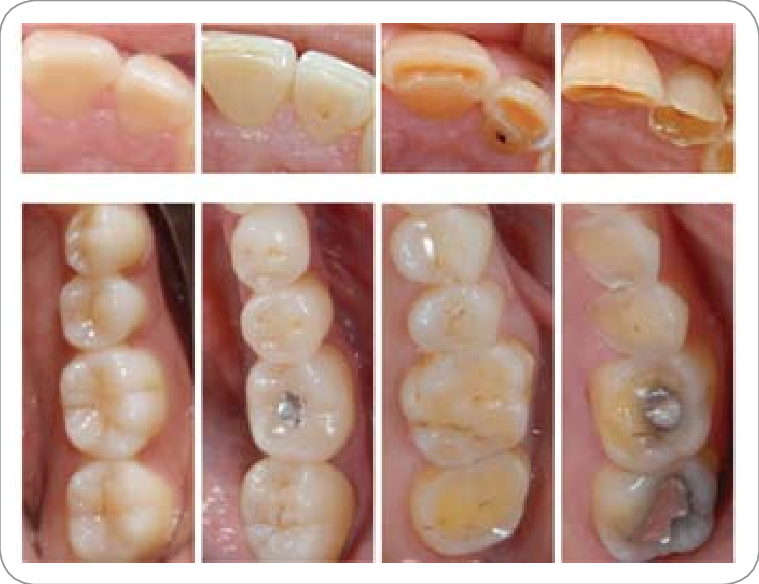
Tooth enamel is the hard, outer layer that protects your teeth from daily wear and tear. However, enamel is not indestructible, and factors such as acidic foods, poor oral hygiene, and frequent exposure to acids can lead to enamel erosion over time. Understanding the stages of enamel erosion can help you recognize early signs of damage and take action before the erosion becomes severe.
In this article, we will explore the stages of enamel erosion, the warning signs to look out for, and how to protect your teeth at each stage.
Why Is Enamel Important?
Enamel is the hardest substance in the human body, acting as a protective barrier for your teeth against chewing forces, acids, and extreme temperatures. While enamel is highly durable, it does not contain living cells, meaning it cannot regenerate once it’s lost. Once enamel erosion progresses, the underlying layers of the tooth become vulnerable to decay, sensitivity, and other dental problems.
By understanding how enamel erosion progresses through different stages, you can take preventive steps and seek early treatment from your dentist to minimize damage.
The Stages of Enamel Erosion
Enamel erosion doesn’t happen overnight. It typically progresses through several stages, from minor wear to severe tooth damage. Let’s take a closer look at each stage of enamel erosion.
1. Initial Demineralization (Early Stage)
The first stage of enamel erosion involves the demineralization of enamel. This occurs when acids from foods, drinks, and bacteria in the mouth begin to dissolve the minerals that make up the enamel. At this stage, the damage is microscopic, and you may not notice any visible signs. However, your dentist may detect early enamel erosion during a checkup.
Symptoms:
- No visible symptoms: The erosion is often undetectable to the naked eye.
- Increased sensitivity: You may experience mild sensitivity to hot, cold, or sweet foods and drinks.
Prevention:
- Limit acidic foods and beverages: Cut back on sodas, citrus fruits, and sugary snacks to prevent further acid attacks.
- Use fluoride toothpaste: Fluoride can help remineralize enamel and strengthen teeth in the early stages.
- Chew sugar-free gum: Gum stimulates saliva production, which helps neutralize acids in the mouth.
2. Surface Erosion (Moderate Stage)
As demineralization continues, the enamel’s surface starts to wear down. At this stage, you may notice slight changes in the appearance and texture of your teeth. The smooth, glossy surface of enamel may begin to feel rough, and teeth may start to appear slightly discolored due to thinning enamel.
Symptoms:
- Dull or discolored teeth: Teeth may lose their natural shine and appear yellowish as the underlying dentin becomes more visible.
- Mild sensitivity: Sensitivity to temperature changes and acidic foods may become more noticeable.
Prevention and Treatment:
- Use fluoride treatments: In-office fluoride treatments or fluoride varnishes can help protect the remaining enamel and reduce sensitivity.
- Maintain proper oral hygiene: Brushing and flossing regularly, especially with fluoride products, can help slow the progression of enamel erosion.
- Avoid aggressive brushing: Use a soft-bristled toothbrush and gentle brushing techniques to avoid further enamel wear.
3. Dentin Exposure (Advanced Stage)
Once enamel wears away, the underlying dentin layer becomes exposed. Dentin is softer and more sensitive than enamel, so when it is exposed, you may experience more intense sensitivity, especially when eating hot, cold, or sweet foods. The appearance of your teeth may also change as dentin is yellowish in color.
Symptoms:
- Increased sensitivity: You may experience sharp pain or discomfort when consuming hot, cold, or acidic foods.
- Noticeable discoloration: Teeth may appear more yellow as the dentin layer becomes exposed.
- Rough texture: The tooth’s surface may feel rough or uneven as enamel is lost.
Treatment:
- Bonding or sealants: Your dentist may recommend dental bonding or applying sealants to protect exposed dentin from further damage.
- Desensitizing toothpaste: Special toothpaste for sensitive teeth can help reduce discomfort.
- Dental restorations: If erosion is severe, dental restorations such as fillings or crowns may be necessary to protect the tooth.
4. Severe Erosion (Late Stage)
In the final stage of enamel erosion, significant damage has occurred. The enamel is mostly gone, and the dentin is fully exposed. Without the protection of enamel, your teeth become highly sensitive and more prone to cavities, fractures, and infections. At this stage, the damage is often irreversible, and more extensive dental treatments may be required to restore function and appearance.
Symptoms:
- Severe sensitivity: Sharp pain and sensitivity to hot, cold, and acidic foods can become constant.
- Cracked or chipped teeth: Weakened teeth are more prone to breaking or chipping.
- Cavities and decay: Without enamel protection, the risk of tooth decay increases significantly.
Treatment:
- Dental crowns: In cases of severe erosion, dental crowns can protect and restore the function of damaged teeth.
- Root canal therapy: If decay reaches the tooth’s pulp, a root canal may be necessary to remove infected tissue.
- Tooth extraction: In extreme cases, the tooth may be too damaged to save and may require extraction.
What Causes Enamel Erosion?
Enamel erosion can occur due to a combination of factors. Here are some of the most common causes:
1. Dietary Acids
Frequent consumption of acidic foods and beverages such as sodas, citrus fruits, and wine can lead to enamel erosion. The acids in these foods soften enamel, making it more susceptible to wear.
2. Poor Oral Hygiene
Neglecting proper oral hygiene allows harmful bacteria to thrive in the mouth. These bacteria produce acids that attack enamel, leading to demineralization and erosion over time.
3. Dry Mouth
Saliva helps neutralize acids and wash away food particles in the mouth. Individuals with dry mouth (xerostomia) are more prone to enamel erosion since they have less saliva to protect their teeth.
4. Bruxism (Teeth Grinding)
Grinding or clenching your teeth, especially during sleep, puts excessive pressure on enamel, causing it to wear down more quickly.
5. Acid Reflux
Gastroesophageal reflux disease (GERD) or frequent acid reflux can expose your teeth to stomach acids, which are highly erosive to enamel.
How to Prevent Enamel Erosion
While enamel erosion is permanent, there are steps you can take to protect your teeth and prevent further damage. Here’s how to keep your enamel healthy:
- Use Fluoride: Fluoride strengthens enamel and helps remineralize early signs of erosion. Use fluoride toothpaste, drink fluoridated water, and ask your dentist about professional fluoride treatments.
- Reduce Acidic Foods: Limit your intake of acidic foods and drinks. When you do consume them, rinse your mouth with water afterward and avoid brushing immediately after, as acids temporarily soften enamel.
- Stay Hydrated: Drink plenty of water to keep your mouth hydrated and stimulate saliva production, which helps neutralize acids.
- Chew Sugar-Free Gum: Gum helps stimulate saliva, which naturally protects your teeth from acid attacks.
- Wear a Mouthguard: If you grind your teeth at night, wearing a mouthguard can protect your enamel from excessive wear.
- Visit Your Dentist Regularly: Regular dental checkups allow your dentist to detect early signs of enamel erosion and recommend appropriate treatments.
Conclusion: Recognizing the Stages of Enamel Erosion
Enamel erosion progresses through distinct stages, starting with early demineralization and potentially ending in severe damage if left untreated. By recognizing the symptoms of each stage and adopting preventive measures, you can protect your enamel and maintain healthy teeth for life. If you’re experiencing symptoms of enamel erosion, consult your dentist for personalized advice and treatment options.
Further Reading:
- The Causes and Symptoms of Enamel Erosion
- How Fluoride Protects Tooth Enamel
- Foods that Strengthen Tooth Enamel
References:
- American Dental Association (ADA). “Understanding Tooth Enamel and Erosion.”
- Mayo Clinic. “Enamel Erosion: What You Need to Know.”
- National Institutes of Health (NIH). “Tooth Erosion: Causes, Symptoms, and Treatment.”

